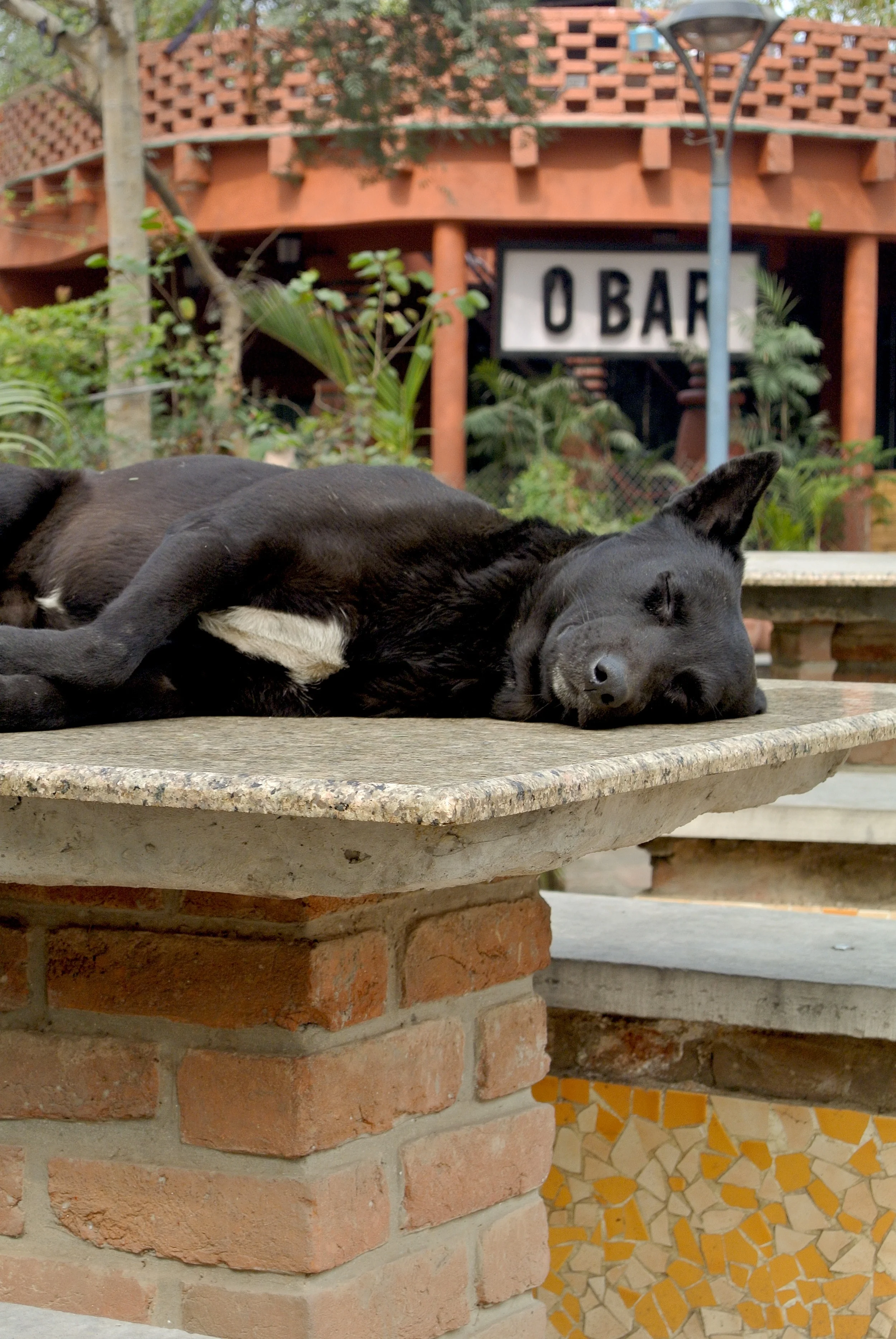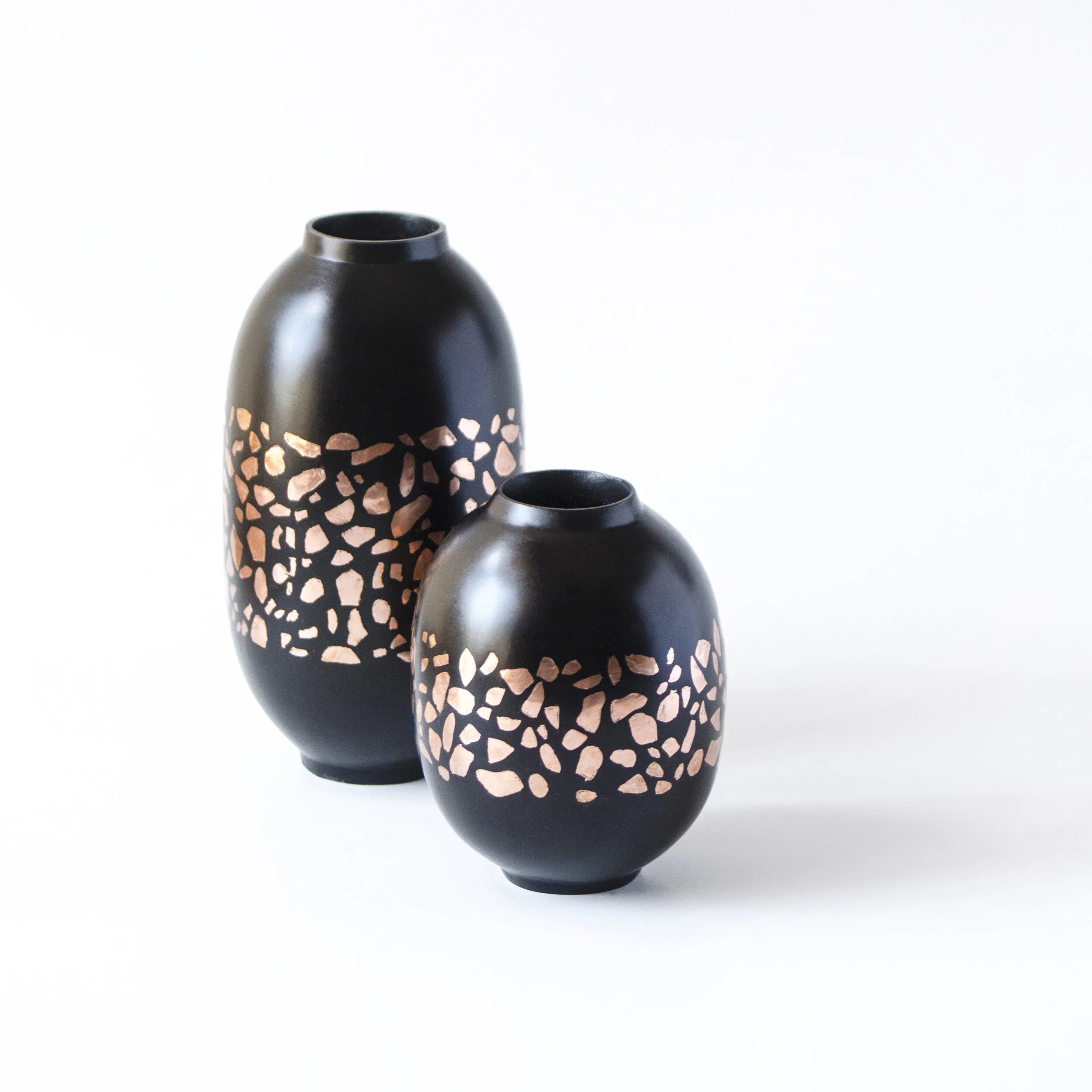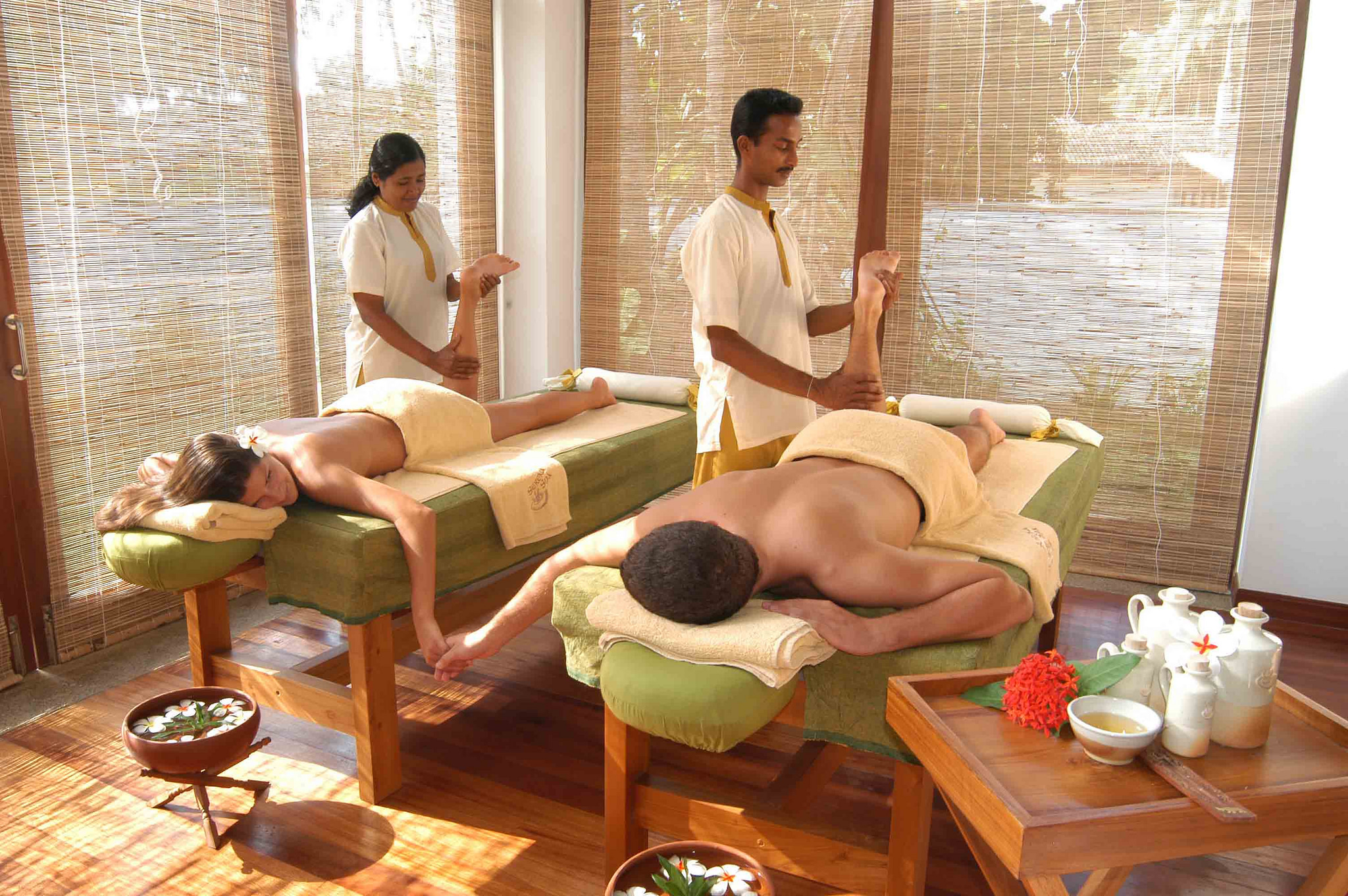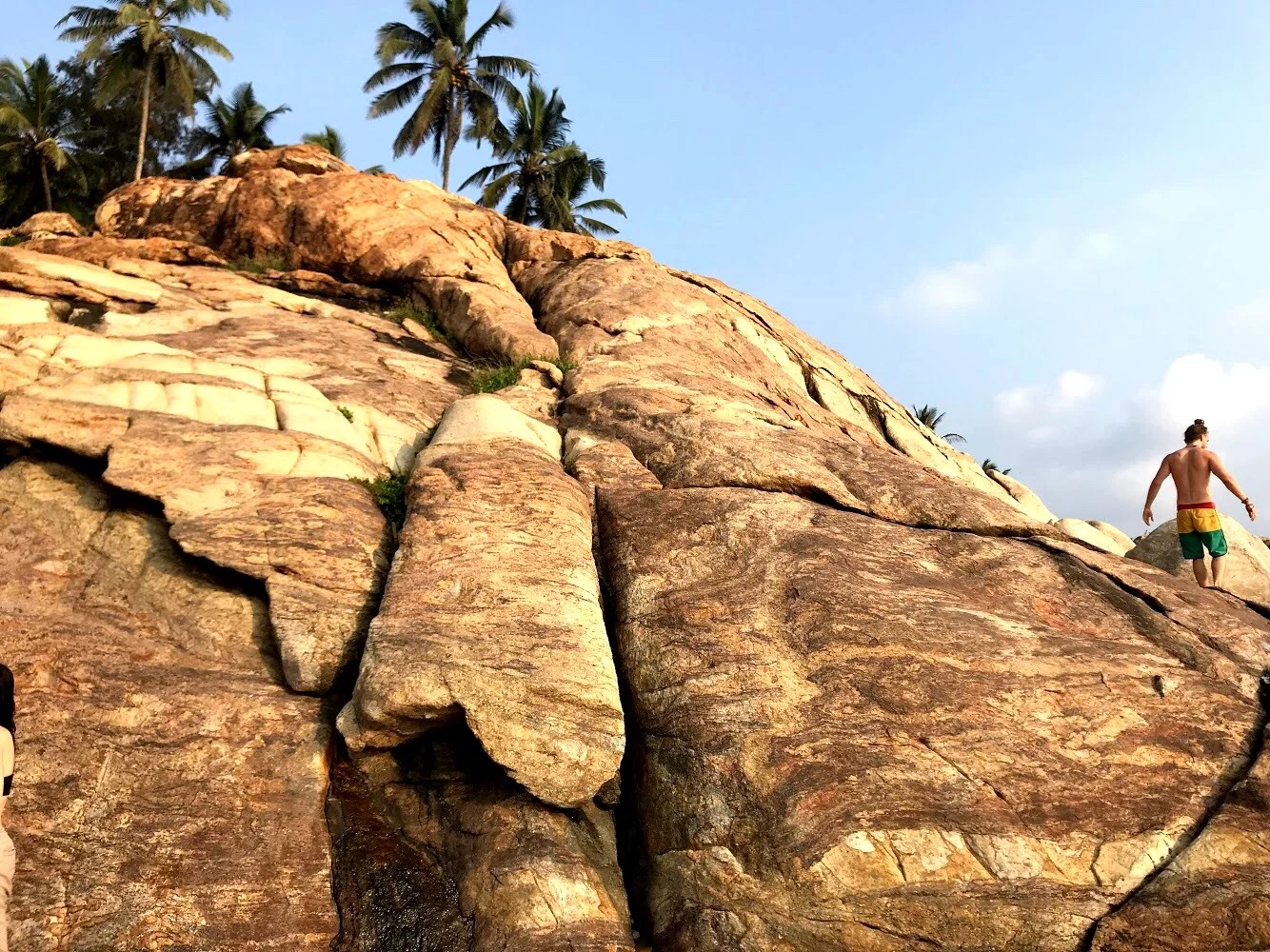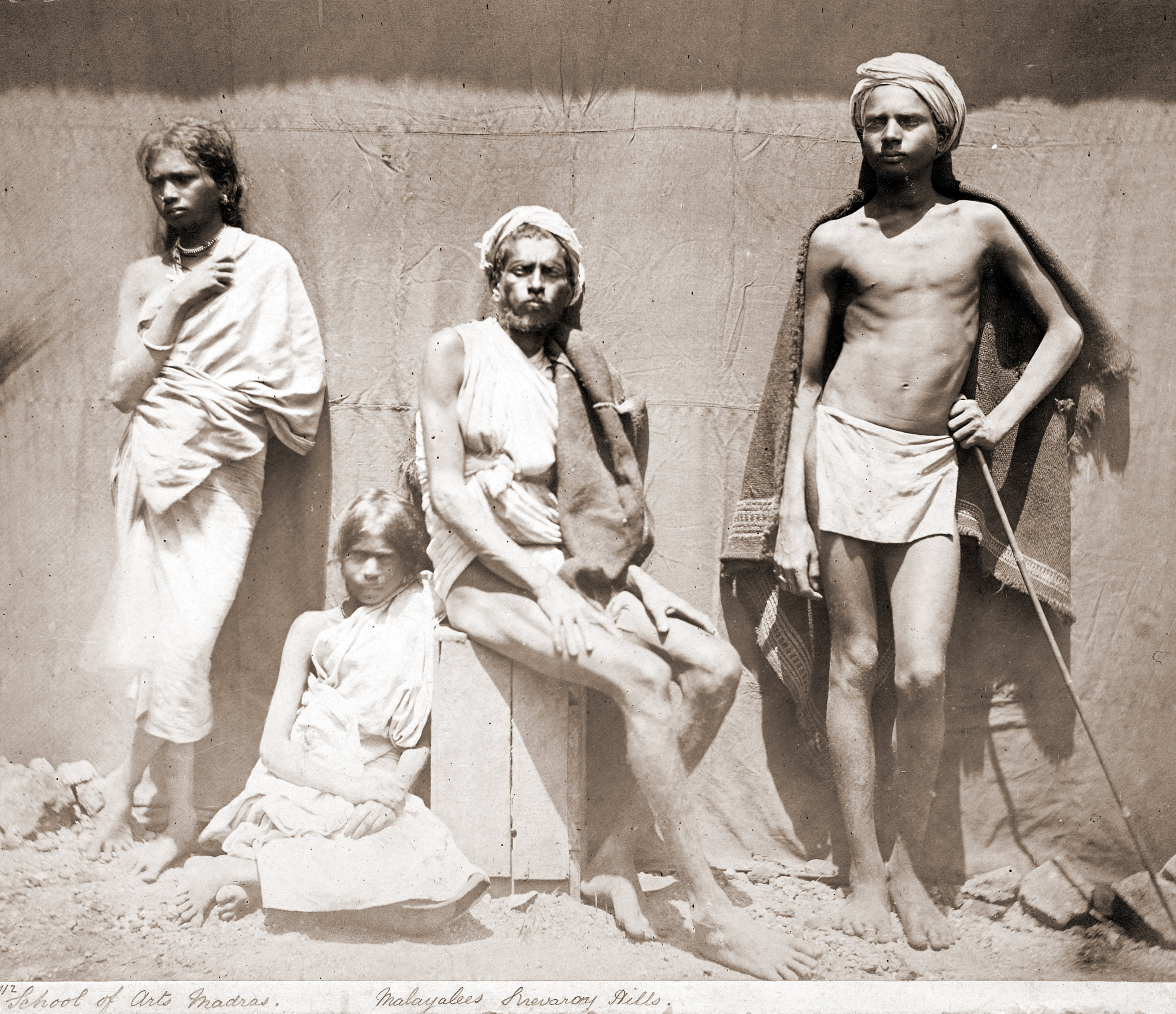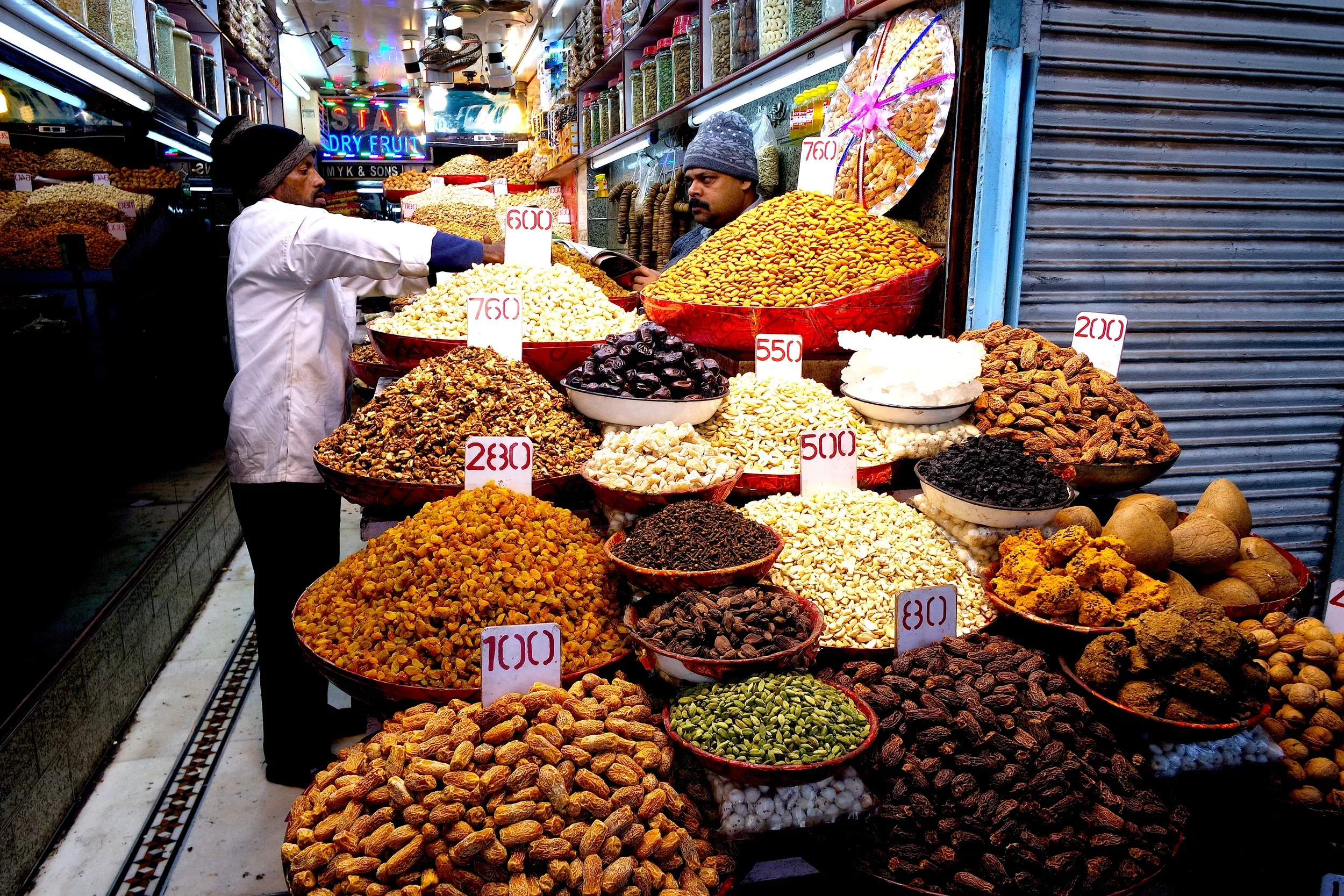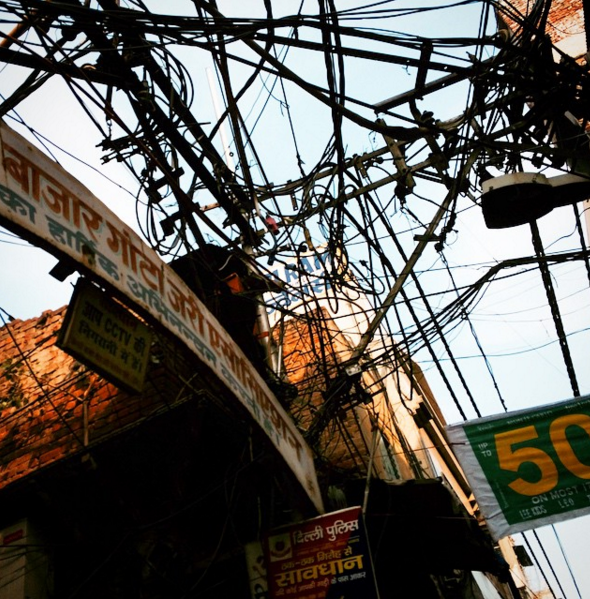A stray dog sleeps atop a table in the Garden of Five Senses
How bazaar! Crafts galore at Delhi's large outdoor market.
We met our driver for the day in the parking lot and set out for the open-air craft bazaar known as Dilli Haat. Beggars used paused vehicles as an opportunity to solicit money. Under the flyover, hijras, India's transgendered male-to-females, walked amongst cars, extending outreached hands.
Three women traversed the sidewalk on Lodhi Road. One of them carried a long bamboo rod with a wire hook secured to one end. I asked our driver if they were pruning the trees. He laughed and told me that they were extracting dead branches to use in cooking fires.
“We found the best deals and merchandise in the actual store at one end of the bazaar — no bargaining required. ”
By the time we arrived at Dilli Haat, Wally and I were both quite hungry and made our way to the food kiosks.
Bobble Heads
As compared to Western traditions, the Indian head wobble lies somewhere between a nod and a shake. They move their heads from side to side like an erratic metronome. Meanings are unclear and include “yes," “good,” “maybe” or “OK." So, basically anything.
There was a woman dressed in a brightly colored sari with a traditional golden nath (nose ring) who appeared to be waiting in line. As I wanted to be polite, I made a gesture to indicate that I wasn't attempting to cut in line. She smiled and wobbled her head, which I took as an indicator that it was OK for me to move ahead.
Not knowing what to order, we observed the locals and followed their lead. We ordered two dosa — savory, thin, crisp Indian crepes — donut-shaped vadas and veggie samosas. In India it is customary to eat with your right hand. The left hand is considered to be unclean as it's associated with going to the bathroom. This was a bit of a challenge to me, as I am left-handed. But I persevered.
We wandered the stalls but found the best deals and merchandise in the actual store at one end of the bazaar — no bargaining required. The vendors here weren't as concerned with making sales and wouldn't come down much in price (unlike our experience in Morocco).
Returning to the parking lot to meet our driver, we walked past an area about the size of a football field that had the remains of large swaths of gauzy white netting. A cluster of oversized burnished gold vessels lay on the grass at what was most likely the entrance to the affair. We asked our driver what it was and he replied, “a wedding — very expensive.”
As we drove away, I noticed large area rugs, which had probably been used for the wedding, now washed and laid out in a cul-de-sac, drying in the midday sun. –Duke

